
Havanese have solid black eye rims, nose, and lips, with dark eyes and long tail covered in silky hair. They have a unique, lively and springy gait which reflects this breed’s happy character. When gaiting, their tail is carried up over the back. Their strong legs allow easy and free movement. Those born with short coats are not acceptable. In fact, they cannot be shown in the show arena because they are considered a major flaw. Some have even called Havenese dogs with short coats as Shavanese. Their coats are double-coated and really soft, both on the outer and undercoat. Adult coats usually has a pearly sheen and reaches 6 to 8 inches. If they are not altered in any way, like primping or clipping, they give off a very rugged impression of a little dog. Despite being a small breed, it is very sturdy. They are not fragile nor overdone.
Life Expectancy:
13-15 years
Energy Level:
Warm and gentle. Easily trainable.
Living Conditions:
Perfect for apartments. Not an outdoor dog.
Barking:
Slightly above average.
Exercise Needs:
Short daily walk should suffice.
Breed Group:
Toy
Size:
Small
Height:
8-11 inches
Weight:
7-13 pounds
Standard Hair Colors:
Cream, gold, white, silver, blue, and black and various combinations.
National breed club:
The Havanese
Club of America
This breed went through serious crises in the 1900’s but because of dedicated breeders, they are presently rising in popularity, especially in the US. Havanese belong to the Bichon family of dogs. Bichon means “fleecy dog” in French. In the 19th century, the Havanese were crossed with the Balnquito to create the present Bichon Havanese, after the Cubans took a liking to French and German Poodles. Before and even now, they make great house pets, following their owner’s wishes.
Havanese are very brave dogs. Despite their size, they show absolutely no cowardice. They make excellent watchdogs, making sure they alert you of a stranger’s presence but they quickly warm up to them if they see you giving it any sort of welcome or warm acceptance. They get along well with other dogs probably because they can be trained easily. They also get along okay with other pets as well as humans. This very intelligent dog is a keen observer. It likes to sit on a platform or a really high chair and observe the things going on from that point of view. Havanese also make natural companion dogs. They are very, gentle, very responsive, very affectionate, very intelligent, and very attached to their human families. This breed is excellent with children because they are cheerful and very sociable. Havanese also have a long reputation of being circus dogs because of their intelligence and ability to learn quickly. Your every wish is their command and they live for your every word and gesture.
They require moderate exercise. A daily walk and active yard play should suffice.
This breed is perfect for apartment living. Even without a yard, they’ll be fine. They are a little active indoors but they are well suited to live inside your home – not in kennel or a patio. However, they still need lots of exercise.
Check the eyes and ears regularly. If they are not kept clean, they are prone to ear infection. Their teeth should be brushed regularly and best started as a puppy. They are non-shedding and hyper-allergenic. This breed is good for allergy sufferers.
They are prone to PRA, cataracts, poodle eye, luxating patellas, and dry skin.
...you would enjoy the Papillon, which is comparable to the Havanese in looks
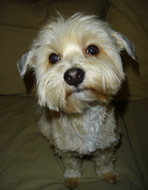
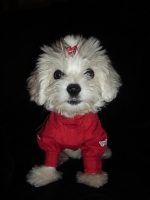 Malteses: A guide to dogs and puppies of the Maltese breed
Malteses: A guide to dogs and puppies of the Maltese breed
 Welsh Terriers: A guide to dogs and puppies of the Welsh Terrier breed
Welsh Terriers: A guide to dogs and puppies of the Welsh Terrier breed
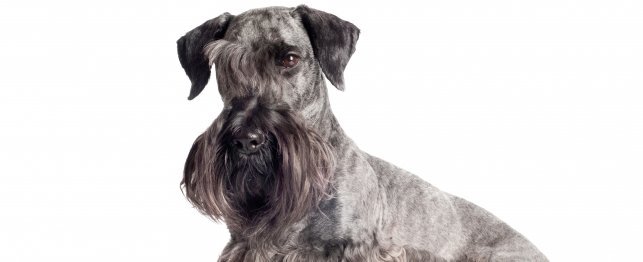 Cesky Terrier - Choosing a Cesky Terrier
Cesky Terrier - Choosing a Cesky Terrier
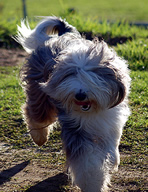 Bearded Collies: A guide to dogs and puppies of the Bearded Collie breed
Bearded Collies: A guide to dogs and puppies of the Bearded Collie breed
 Large Dog Breeds
Large Dog Breeds
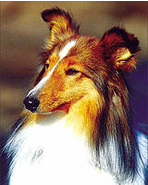 Shetland Sheepdogs: A guide to dogs and puppies of the Shetland Sheepdog breed
Shetland Sheepdogs: A guide to dogs and puppies of the Shetland Sheepdog breed
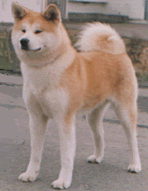 Akitas: A guide to dogs and puppies of the Akita breed
The Akita!
The Akita is the National Dog of Japan, and is c
Akitas: A guide to dogs and puppies of the Akita breed
The Akita!
The Akita is the National Dog of Japan, and is c
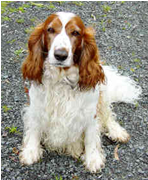 Welsh Springer Spaniels: A guide to dogs and puppies of the Welsh Springer Spaniel breed
The Welsh Springer Spaniel!
The Welsh Springer Spaniel is a
Welsh Springer Spaniels: A guide to dogs and puppies of the Welsh Springer Spaniel breed
The Welsh Springer Spaniel!
The Welsh Springer Spaniel is a
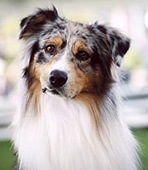 Australian Shepherds: A guide to dogs and puppies of the Australian Shepherd breed
The Australian Shepherd!
The Australian Shepherd was so nam
Australian Shepherds: A guide to dogs and puppies of the Australian Shepherd breed
The Australian Shepherd!
The Australian Shepherd was so nam
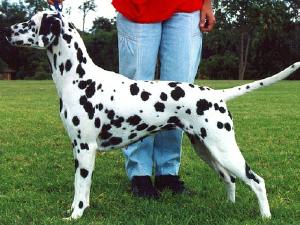 Dalmatian
Dalmatian
Dalmatian
Dalmatian
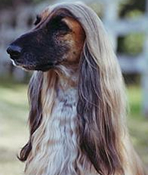 Afghan Hounds: A guide to dogs and puppies of the Afghan Hound breed
The Afghan Hound!
Known for its aristocratic bearing, the A
Afghan Hounds: A guide to dogs and puppies of the Afghan Hound breed
The Afghan Hound!
Known for its aristocratic bearing, the A
Copyright © 2005-2016 Pet Information All Rights Reserved
Contact us: www162date@outlook.com